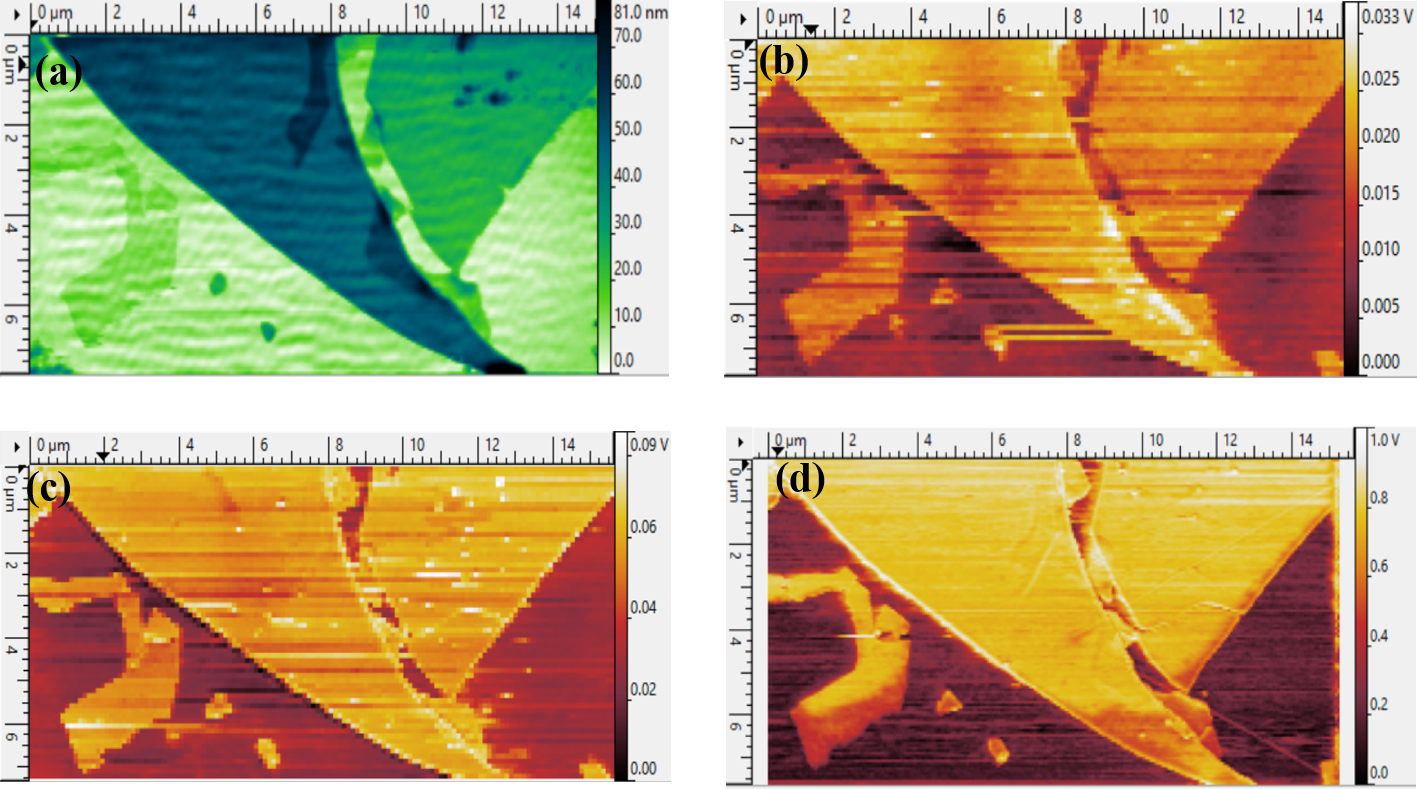Scanning thermal microscopy of 2D materials in various environments
- Abstract number
- 334
- Presentation Form
- Poster Flash Talk + Poster
- Corresponding Email
- [email protected]
- Session
- Poster Session 2
- Authors
- Dr. Khushboo Agarwal (1), Sergio Gonzalez Munoz (1), Eli Castanon (2), Andy Niblett (1), Prof. Oleg Kolosov (1)
- Affiliations
-
1. Lancaster University
2. National Physical Laboratory
- Keywords
Thermal Transport, 2D materials, SThM, High vacuum, Cryogenic
- Abstract text
Scanning thermal microscopy of 2D materials in various environments
K. Agarwal, S. G. Munoz, E. Castanon, A. Niblett, and O. V. Kolosov
Physics Department, Lancaster University, Lancaster, LA1 4YB, UK
Abstract:
The understanding of thermal transport at nanoscale level opens up new pathways in upgrading the efficiencies of nanostructured devices and materials. In addition, thin films with highly anisotropic thermal conductivities offer high potential for thermal management of the present day electronics [1]. Apart from deploying anisotropic materials in manufacturing processes, it is extremely difficult and challenging to measure and analyze even the basic thermophysical properties of materials. Scanning Thermal Microscopy (SThM) provides versatile approach for measurements of thermal conductivity of the materials and devices for various spatial geometries [2]. Whereas most of SThM studies are performed in ambient conditions in air and at room temperature (RT), these measurements suffer from spurious effects of the through-the-air heat transport and do not allow investigating the nanoscale thermal transport in the various temperatures of the sample.
Fig 1. Inse flake on Si substrate (a) Topography, (b) SThM in air at RT, (c) SThM in HV at RT, and (d) SThM in HV at cryogenic temperature (~170K).
In the present study, we have performed SThM measurements of the thermal conductance in exfoliated InSe and graphene layers of thickness from few atomic layers to quasi bulk materials, in air as well as high vacuum (HV) of 10^-7 torr. The room temperature results for in air and HV measurements were compared and the effect of heat conductance in air were analyzed in detail. The HV measurements were performed both at room temperatures as well as at cryogenic temperatures to understand the thermal transport mechanisms. InSe is one of the novel van der Waals materials that promises high performance as future thermoelectrics, used often in combination with graphene electrodes. An analytical model was used to deconvolute the values of contact resistances and thermal resistances. The temperature dependent thermal conductance values for variable thickness of InSe samples gave insight into the thermal transport mechanism and possibility of its use as an active thermoelectric material. This new approach allowed us to measure anisotropic thermal conductivity and interfacial thermal conductance of the InSe thin films exfoliated on different substrates which can further be utilized to understand the interfacial thermal conductance in nanocomposites and supperlattice structures paving new routes for enhanced thermoelectric performances.
The authors acknowledge the support of Graphene Flagship core 3 grant to Lancaster University and HiWiN EP/V00767X/1 EPSRC funding.
- References
1. Shi, L., et al., Evaluating Broader Impacts of Nanoscale Thermal Transport Research. Nanoscale and Microscale Thermophysical Engineering, 2015. 19(2): p. 127-165.
2. El Sachat, A., et al., Heat Transport Control and Thermal Characterization of Low-Dimensional Materials: A Review. Nanomaterials, 2021. 11(1): p. 33.

